Topics:
Never Miss a Beat - Get Updates Direct to Your Inbox
FILTER:
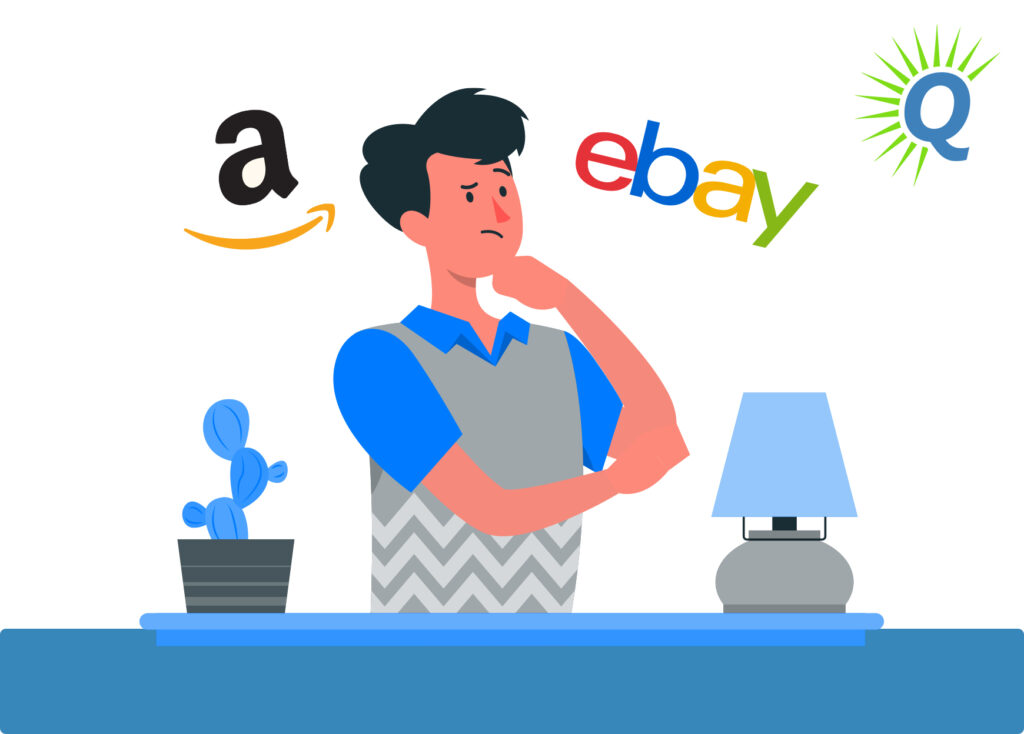

Selling on Amazon vs. eBay: Which Platform is Best For Your Online Business?
By Quiet Light
If you’re an ecommerce business owner, the number of platforms to choose from can be overwhelming. To make the right decision, it’s smart to thoroughly investigate all of your options. For some owners, the choice boils down to selling on Amazon vs. Ebay, two platforms that have an established track record of helping business owners find success.
With over 5 billion customer visits each month, Amazon is the top online marketplace today. Meanwhile, eBay offers flexibility for selling both new and used products. Last year alone, the site earned $9.89 billion.
How do you choose which is the right selling platform for your business? In this article, we cover everything you need to know about:
- The history of both online marketplaces
- How the Amazon and eBay business models work
- Four key differences between Amazon and eBay as seller platforms
- What it’s like to advertise your products on Amazon and eBay
- How to make the right decision between the two sites for your business


How eBay and Amazon started—and how the two companies turn a profit today
Before diving into the detailed differences between Amazon and eBay and figuring out which site is the best option for your business, it’s important to understand the origin story of each site, as each company’s business model.
From broken laser pointers to $13.6 billion annual profit
Back in 1995, eBay founder Pierre Omidyar launched a site called AuctionWeb after writing the code for the site over Labor Day weekend. The site was “dedicated to bringing together buyers and sellers in an honest and open marketplace.”
The first sale? A Canadian named Mark Fraser bought the first item that Pierre listed on the site—a broken laser pointer. Twenty-six years later, eBay reported a net income of $13.6 billion in 2021. That’s a 140% increase compared to their net income of $5.7 billion in 2020.
Buy a Profitable Online Business
Outsmart the startup game and check out our listings. You can request a summary on any business without any further obligation.
Today, eBay is an e-commerce business that facilitates consumer-to-consumer and business-to-consumer sales through its site. True to its online auction origins, most buyers bid on items for sale over a three, five, seven, or ten day time frame. Some sellers offer a “buy it now” option where customers can skip the auction process for a premium price.
eBay also offers services such as payment processing, financing, and advertising.


An online bookstore that sells everything
In the early 1990s, Jeff Bezos read a report on the projected growth of web commerce. Wanting to avoid regret about not starting an internet company, he decided to sell books online. Originally called Cadabra, Inc, Bezos changed the name to Amazon.com after a lawyer misheard the business name as “cadaver.”
The first book that sold on Amazon was Douglas Hofstadter’s Fluid Concepts and Creative Analogies: Computer Models of the Fundamental Mechanisms of Thought. Within a few years, there were 1 million Amazon accounts and the company expanded into selling music, videos, video games, electronics, software, housewares, toys, games, and more.
Jeff Bezos defines the Amazon business model based on three value propositions: low prices, fast delivery, and a wide selection of products.
Today, Amazon is both an ecommerce platform for their party sellers as well as a direct provider of goods. Because Amazon is an online retailer, customers browse through a product catalog with fixed prices. Although multiple professional sellers might list the same product, customers don’t bid or make offers, they simply make their purchases.
Amazon is a one-stop-shop for everything from groceries to office supplies—all delivered to customer’s doorsteps at Amazon Prime speed shipping.


The four key differences between Amazon and eBay
There are many similarities between Amazon and eBay. After all, both sites are e-commerce marketplaces where customers can browse billions of listings to find the exact product they’re looking for.
But although Amazon and eBay are the top two online marketplaces today, there are differences between the two sites. The key differences between selling on Amazon and eBay, include:
- Pricing and fees
- Fulfillment
- Competition
- Customer experience and service
1. Pricing and fees
For many sellers, pricing and fees are major factors associated with their decision of which online marketplace to utilize. Here’s how selling fees break down on each platform.
eBay charges two main types of selling fees:
- An insertion fee when you create your listing
- A final value fee when you sell your item to a customer
Every month, you get up to 250 zero insertion fee listings, and more if you have an Ebay store. After you’ve used the insertion fee allowance, eBay charges the insertion fee per listing and per category. You’ll be charged for the original listing and for each time you relist the item.
eBay charges sellers a final value fee once the item sells. As a seller, you don’t have to worry about third-party payment processing fees. Instead, that fee is calculated as a percentage of the total amount of the sale, plus $0.30 per order.


Meanwhile, Amazon fees will depend both on the product that you sell and the fulfillment method you choose—either fulfilled by Amazon (FBA) or fulfilled by merchant (FBM).
If you go the FBM route, you’ll only incur the “Selling on Amazon fees”, which include:
- Amazon Referral Fee: Amazon charges a referral fee for each item sold. The amount depends on the product category, but most referral fees are between 8% and 15%.
- Closing fee: If you’re still deciding what to sell or you only sell forty units a month, you’ll pay an additional $0.99 per item sold with the individual selling plan.
While FBA selling means that the storage, shipment, and fulfillment details are off your plate, you do pay additional fees, including:
- FBA fulfillment fees based on the product weight and size
- Monthly storage fees for the space your products calculated by your daily average volume in cubic feet
And regardless of the fulfillment option you chose, you will also pay individual per-item fees or subscription fees and refund administration fees if a customer asks for a refund.
Overall, you will pay less in fees to sell an item on eBay than to sell on Amazon.
2. Getting your product to customers
If you sell a product on eBay and a customer purchases it, that means you get to spend some time packaging and shipping the orders yourself. If you don’t have the time (or space!) to fulfill your own orders, you can outsource storage and shipping to a third-party fulfillment center.
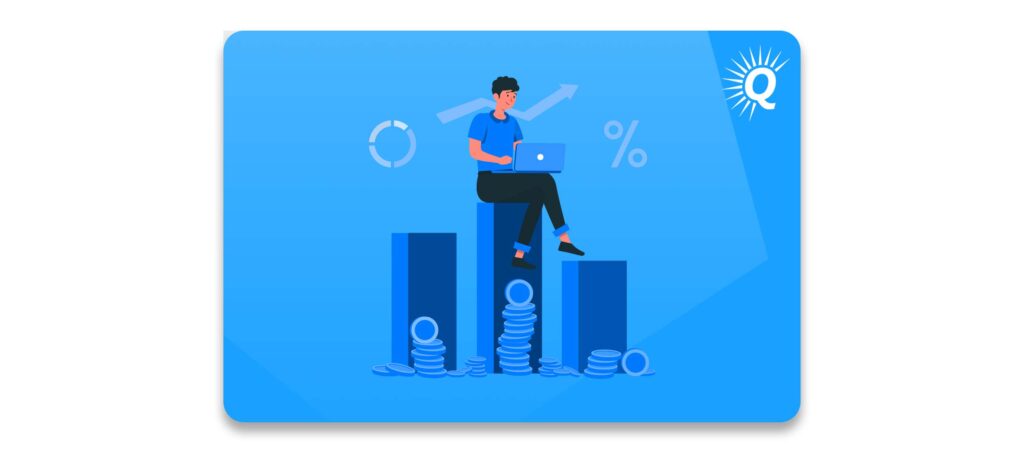

If you sell products on Amazon, you can choose from two fulfillment options:
- Fulfillment by Merchant
- Fulfillment by Amazon
Amazon’s Fulfillment by Merchant system is a similar experience to fulfilling eBay orders: You’re responsible for product storage, processing, shipment, fulfillment, and customer service.
The Fulfillment by Amazon or FBA program takes a large portion of business logistics off your plate. Amazon stores your products, packs them, and gets them to customers. And since Amazon handles refunds, exchanges, and refunds which frees you up to focus on things like marketing and product development.
Although you do pay higher fees with the Amazon FBA program, Amazon does offer you a choice in fulfillment programs. eBay launched a pilot program for its Managed Delivery service in 2020, their answer to Fulfilled by Amazon. However, they closed the pilot program and shut down the webpage about it just a few months after announcing the service.
3. Competition
The first type of competition to note is competition from the marketplace itself. eBay provides a marketplace and facilitates third-party sellers. They don’t have their own line of products.
On the other hand, Amazon has a combination of third-party sellers and their own line of products. When you sell products on Amazon, you compete against their Amazon private labels as well as other third-party sellers.
In terms of competition, the choice between Amazon and eBay will depend on your specific business goals, your target audience, and the product you’re interested in selling.
Regardless of which platform you choose, you’ll still encounter competition from other third-party sellers. Amazon targets a broader audience of customers who are looking for a wider variety of products. eBay appeals to collectors, bargain hunters, and customers looking for unique, vintage, or items that are hard to find.
4. Customer experience
Amazon and eBay are both popular platforms that offer a large range of products and services to customers. And while both offer similar shopping experiences, there are some major customer experience differences to note.


Between the two sites, there are billions of products to pursue. But Amazon has a larger selection of products, exclusive brands, and items only available for purchase on their site. eBay offers customers unique and vintage products, including braggable finds that are unavailable on Amazon.
One major perk for Amazon customers is prime shipping, which offers fast and reliable shipping, getting packages to customers sometimes on the same day they place their order. Because eBay relies on sellers to handle all of the details around packaging and shipping costs, customers can experience longer waits for delivery and reliability issues.
Finally, although Amazon and eBay both offer customer support, Amazon is famous for their fast and efficient resolution of customer issues. eBay does have customer support, but the process can be difficult to navigate and not always result in the resolution the customer hopes for.
Both platforms offer different customer experiences based on product selection, delivery time, and customer service. The platform that a customer chooses will depend on their personal preference and specific shopping needs.
Advertising your products on Amazon vs eBay
Another factor to consider when deciding between Amazon and eBay is each platform’s internal marketing system. As a business owner, you’re looking for a marketplace platform that makes marketing your products to customers a smooth process.
Let’s take a closer look at the advertising opportunities as well as the costs associated with ad campaigns on each platform.
Thinking of Selling Your Business?
Get a free, individually-tailored valuation and business-readiness assessment. Sell when you're ready. Not a minute before.
Advertising on eBay with eBay ads
eBay offers business owners a toolbox of promotional tools to help increase visibility and connect with buyers. These tools include:
- Promoted Listings
- eBay Promotions Manager
- Promoted Listing Advanced, currently in the BETA stage
Increasing visibility with Promoted Listings
eBay customers are more likely to purchase your products if they see your listings. eBay’s standard Promoted Listing tool helps sellers stand out in the crowd of billions of eBay listings. You only pay for using the tool when your item sells.
As an eBay seller, you can use the Promoted Listing tool to boost your item visibility by up to 36%. Currently, this tool is only available to Above Standard and Top Rated eBay sellers who have recent sales activity.
When you use the tool, you can promote fixed price listings for most categories, excluding vehicles, real estate, and some travel categories. If you mainly use eBay for auction or buy it now listings, Promoted Listings isn’t a tool you can utilize at this time.
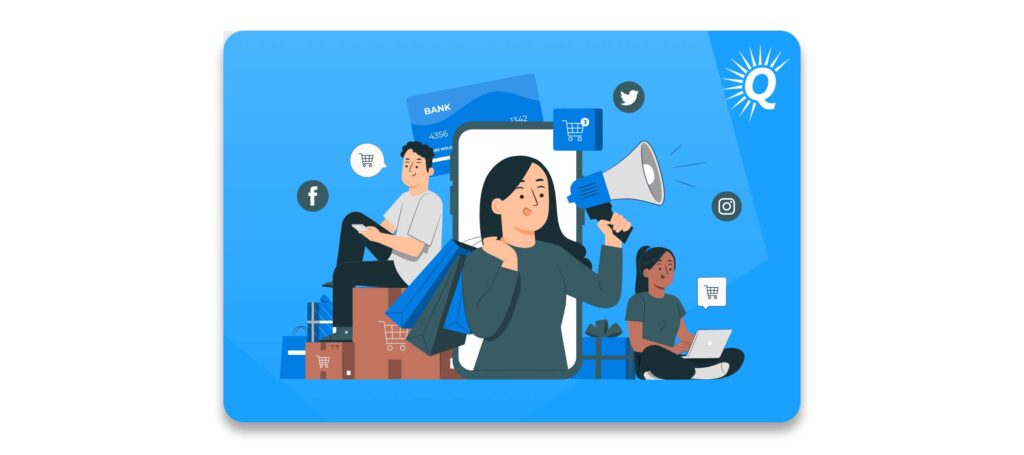

Offering your customers deals on eBay
eBay’s Promotions Manager tools provides eBay sellers with simple tools to offer special offers on the site. These promotions can help you attract customers, clear out extra stock you have, increase your average order size, drive repeated purchases, and lower your shipping costs by bundling more items per order.
There are five different types of special offers you can create using Promotions Manager:
- Order discounts: Create discounts based on the order size or amount spent by the customer
- Coupons: Offer customers exclusive discounts with a coupon code
- Shipping discounts: Offer free shipping for limited times under certain conditions
- Sale events: Reduce prices for selected items or categories
- Volume pricing discounts: Set tiered discounts to customers who buy multiple quantities of a single product
When customers browse eBay for items, your product appears at the advertised price. The discount is applied to your customer’s order in their shopping cart.
Like many advertising tools on eBay, you are only eligible for Promotions Manager if your listings are fixed-price formats with Buy It Now pricing.
Launching a cost-per-click campaign with Promoted Listings Advanced
Promoted Listings Advanced is eBay’s advanced marketing campaign tool. Even though it’s currently in the Beta stage, the potential for new growth is promising. One seller, The Perfect Part, grew their business by 15% after one week of testing the new tool.
Promoted Listing Advanced provides eBay sellers with preferred access to top slots in searches and the tools to run ad campaigns on the site. Based on a cost-per-click model, sellers decide how much their ad budget is and are only charged when eBay customers click on your ad.
You can create a Promoted Listing Advanced campaign from the Advertising dashboard on the eBay Seller Hub.
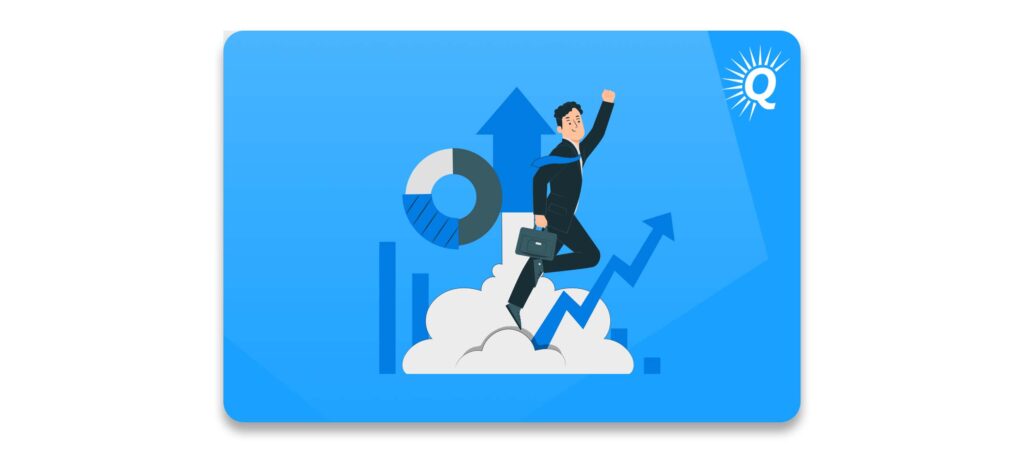

Do you need paid ad campaigns to be successful on eBay?
Both Amazon and eBay are platforms where you’ll have to pay to have your products listed at the top of customer search results. However, the advantage with eBay is that sellers rely on advertising far less than sellers on Amazon.
While eBay is expanding their paid advertising opportunities with Promoted Listing Advanced, many eBay sellers don’t have paid ads as part of their marketing plan and are still making a profit.
And if you do decide to create a paid ad campaign on eBay’s platform, your costs are significantly lower than ad campaigns on Amazon. A standard ad campaign allows you to choose your own ad rate—between 2% and 100% of the product’s total sale amount. The ad rate is then calculated at a percentage of the sale price, minus shipping expense and taxes.
For instance, you might sell a $50 fixed price listing product through a standard ad campaign. If you set the ad rate at 3%, you would pay $1.50 once the item is purchased. The ability to set your own ad rates as a percentage of the final sale allows eBay sellers to know their profit margins far in advance of a customer purchasing their products.
Growing your business with Amazon Ads
To market your product well, you need to increase your product visibility in the Amazon marketplace. There are many ways you can successfully market your product on Amazon, including:
- Getting on the first page of search results
- Investing in Amazon PPC
- Utilizing the question and answer section
Get on the first page of Amazon’s search results
Maybe you decided to sell dog collars on Amazon. You’re not the only Amazon seller marketing accessories to pet owners shopping online, though. Currently, there are thousands of Amazon listings for that product that customers can choose from.
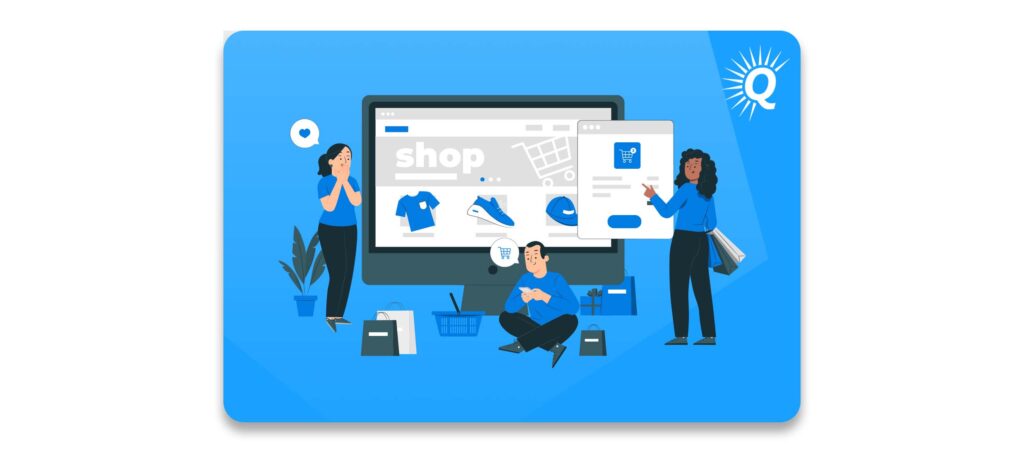

Many shoppers never make it past the first page or two of search results, so landing on the front page is a must-have for reaching customers. According to Amazon Seller Central, their search engine focuses on the following items to rank listings:
- Text match
- Price
- Product availability
- Sales history
Improving your product description, pricing your product competitively, and working to keep your product in stock are all ways to improve where your product ranks in search results on Amazon.
Invest in Amazon PPC
Amazon pay-per-click (PPC) is an auction-style marketing system where sellers bid on keywords. When someone searches Amazon for a product they’re interested in, the seller with the highest bids on relevant keywords wins the auction, and their product is listed in their chosen placement on the search results page.
Advertising on Amazon through sponsored ads not only drives your sales internally, but it also helps you rank higher in organic search results. This makes investment in Amazon PPC a great growth strategy for your online business.
Utilize the question and answer section
When creating a product listing for an item you’re selling on Amazon, make sure to include answers to the common questions people might have about your product.
Amazon also features a question and answer section on your product page, so you can market your product well by responding to customer questions promptly with accurate and clear answers. This helps build trust with your customers and also increases their trust in your customer service.
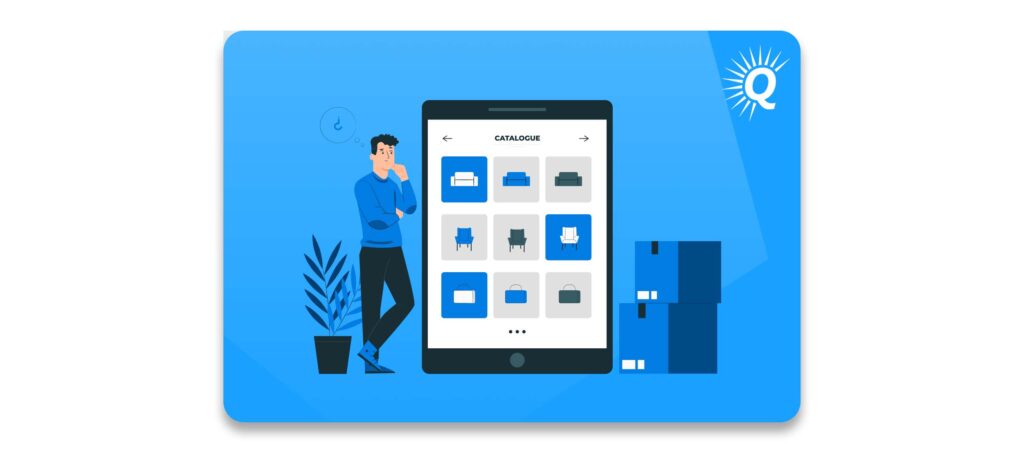

Do you need to run paid ad campaigns to be successful on Amazon?
There is an incredibly high volume of products sold on Amazon, which can be an advantage for you as a business owner.
However, because of the overwhelming amount of product options for customers, sellers have to get a competitive edge on the platform through advertising. 73% of Amazon third-party sellers buy Amazon ads.
If you join the majority of Amazon sellers who purchase ads through the platform, you’ll find a robust advertising toolkit at your disposal. The Amazon ad system is significantly more advanced than eBay’s simpler advertising kit.
Is eBay or Amazon a better tool for your business?
If you’re reading this article, there’s a good chance that you’re trying to decide whether to sell your products on Amazon or eBay. You may have even scrolled to the concluding paragraphs to get to the part of the article where we tell you which platform to choose.
The bad news is that there isn’t a quick and easy winner between the two online platforms. So instead of telling you what to pick, let’s explore a few reasons why one platform might be the better choice for your business over the other.
Reasons why Amazon could be your ideal online marketplace
There are many reasons why Amazon could be a great way to grow your business. You might not want to focus your attention on business logistics like product storage, fulfillment and shipping, and customer service. In that situation, Amazon’s FBA program will outweigh the benefits of eBay.
Your business goals could include reaching millions of customers through high traffic listings. If marketing and ad campaigns are one of your business strengths, Amazon’s marketing toolkit wins over eBay’s simpler marketing plans.
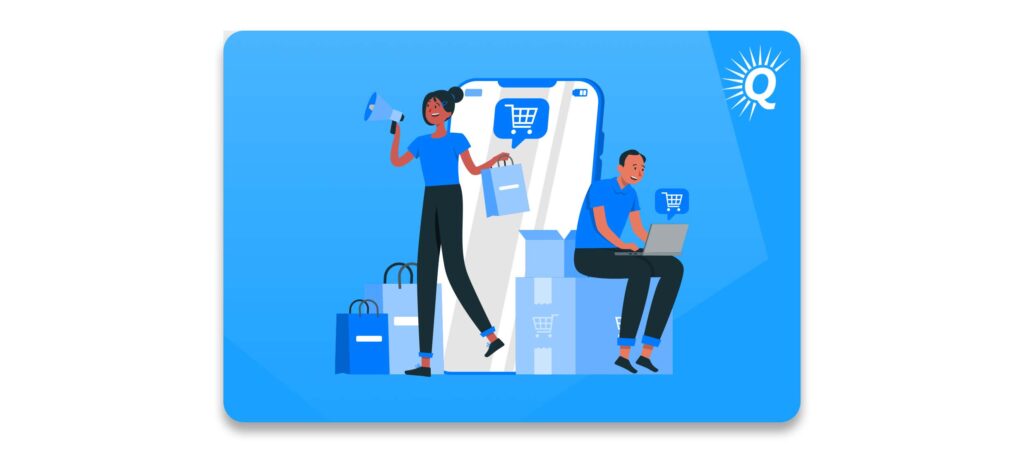

Reasons why eBay could be the platform of choice for your business
eBay could be a great online marketplace to grow your business. If your business specializes in unique, vintage, or used products, eBay offers a great way to expand your customer reach and build brand recognition.
For instance, maybe you enjoy picking up used audio equipment and restoring them to their original condition. eBay can connect you with fellow audiophiles building an at-home listening room.
Another reason that you might find yourself leaning towards eBay over Amazon is the option to list your products as an online auction. Amazon isn’t an online auction marketplace, so eBay is the natural winner if you want to see customers driving the price of your product up through bids.
Conclusion
You might be exploring online marketplaces because you want to launch a new career. Or, you could just want to make a little money on the side. Either way, selling on Amazon and eBay can help your reach both your personal and business goals.
Regardless of whether you chose to list your products on Amazon or eBay (or both!) choosing an online marketplace requires research. Each platform has their own system of fees, so product categories that could sell with a high profit margin on Amazon could be more expensive to sell on eBay.
By learning about the different marketplaces available to you when launching a product online, you can increase your chances of creating a successful, profitable, and fun online business!
Buy a Profitable Online Business
Outsmart the startup game and check out our listings. You can request a summary on any business without any further obligation.





